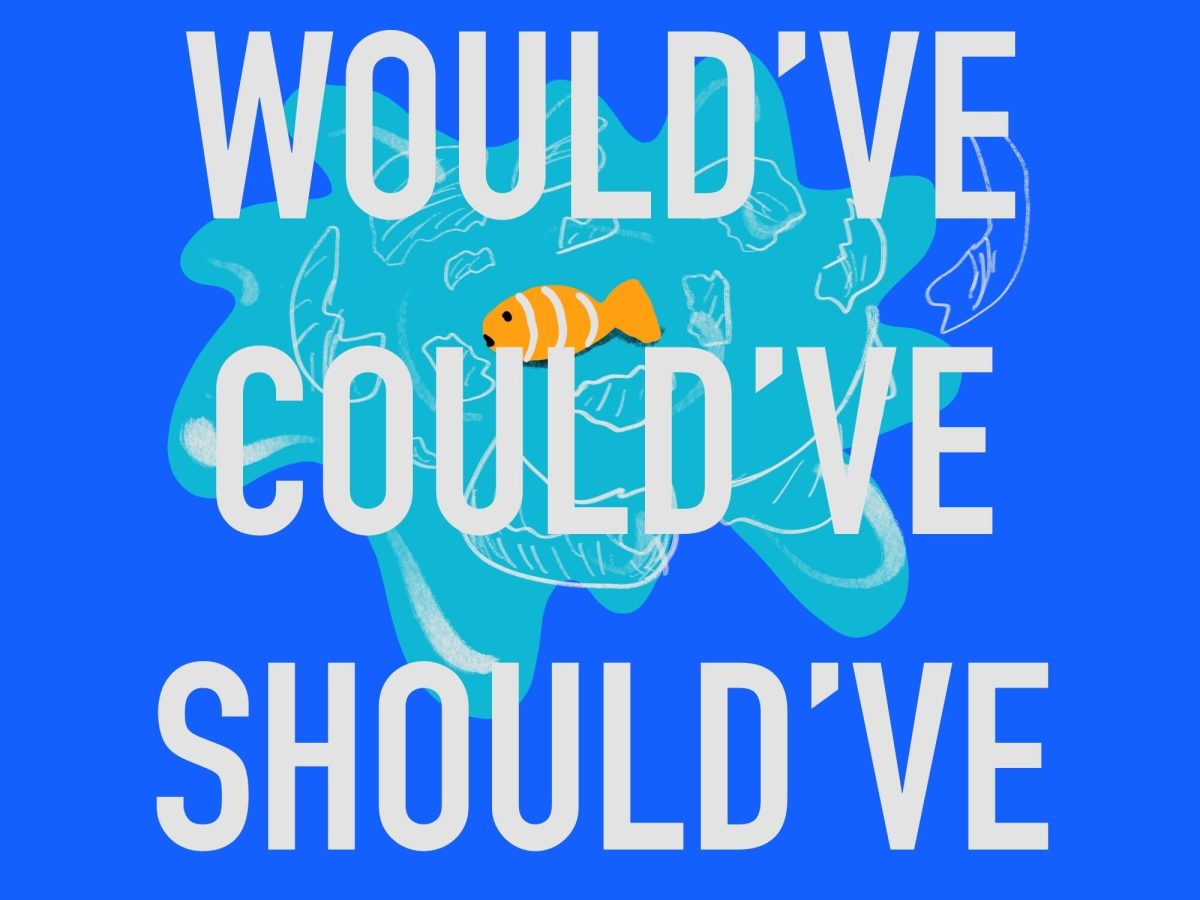Your coworker is complaining to you about their job. They explain that their boss asked them to pick up an extra shift but they declined it because it was on their birthday and they wanted to be off that day to celebrate.
“No, yeah, of course,” you reply, affirmatively nodding your head and furrowing your eyebrows to demonstrate how much you respect the seriousness of their decision.
‘No yeah.’ Without context, this is a self-contradictory statement. What does it mean? Yes or no? It can’t mean both, can it?
In the case above, it’s a response that is interchangeable with simply saying “yes,” embellished with an involuntary acknowledgment of the possibility that your coworker could have picked up the shift on their birthday, with which you disagree. That’s where the “no” comes in.
The “no” responds to implications, considerations and possibilities, whereas the “yeah” responds to what was explicitly said.
For example, let’s say your friends are hosting a party which you plan to attend but you’ve previously expressed that you might be busy that day. The night before the party, one friend asks you, “Are you sure you’ll be able to come tomorrow?” You reply, “No, yeah, I can make it!” In that short sentence, you’ve acknowledged that you understand where their doubt comes from and you’ve supplied a confirmation to relieve that validated doubt.

Or say you’re in class and your professor mentions that the upcoming exam will be “open-answer.” You are confused because “open-answer” sounds like “open-book” to you, and you’re not sure how the actual exam questions will be formatted so you raise your hand. “So does that mean it will be written responses?” you ask, visibly concerned.
Your professor replies with, “No, yeah, that’s what I meant.” In this case, the “no” portion of the phrase is a response to the student’s concern and confusion. It’s like saying “Don’t worry.” And the “yeah” portion of the phrase expresses mutual agreement — you’re on the same page even though it didn’t seem to be so at first.
Other instances in which “no, yeah” may be employed include the following.
You’re expecting me to disagree — “no” — but I actually agree — “yeah.”
For a split second I thought I disagreed — “no” — but realized what you were saying and we are in complete agreement — “yeah.” Maybe I expected you to not be in agreement which is why my initial response was a negation.
You’re discussing something we both dislike — “no” — and you’re trying to get confirmation from me that you’re right about said topic — “yeah.”
And then there’s the alternative of “yeah, no.” In many instances, this can communicate the same sentiment of opposing but coexisting implications and explications.
Let’s say your peer is telling you about their choice from the previous night to sleep instead of staying up all night to write a paper due the next day. They say, “By 2 a.m., I was so tired and I knew there would be no point in staying awake so I might as well go to sleep and finish writing it in the morning with a fresh mind.”
You interject “yeah, no,” in which case the “yeah” agrees with their choice to get some sleep and the “no” portion also agrees, but in a more complicated way, as if saying “no” to the consideration of pulling an all-nighter, which is agreeing with the overall outcome of choosing to sleep instead.
Moreover, say you’re explaining the concept of personal computers to your technologically-inexperienced acquaintance. They ask you, “So a laptop is a computer that you can hold on your lap?”
Taken aback, you say, “Yeah, no, I mean … most people still use them on their desks, but technically, yes, you can use them on your lap if you don’t have a table.”
Essentially, you’ve communicated to your peer that they are partially correct, but that you have a qualifying statement. You acknowledge the theory of laptops but you additionally supply contrary information based on your experience in the world.
“Yeah, no” can also be a rude form of sarcasm. Say you and a group of peers are working on a project. One team member suggests making the theme color of your slideshow neon yellow.
You respond by saying “yeah, … no” which is essentially communicating to them that you hate their guts. More specifically, you’ve expressed that although you heard them and understand their suggestion, you believe it’s a terrible idea and are appalled that they would even let such words touch the air in the first place.




















































































































